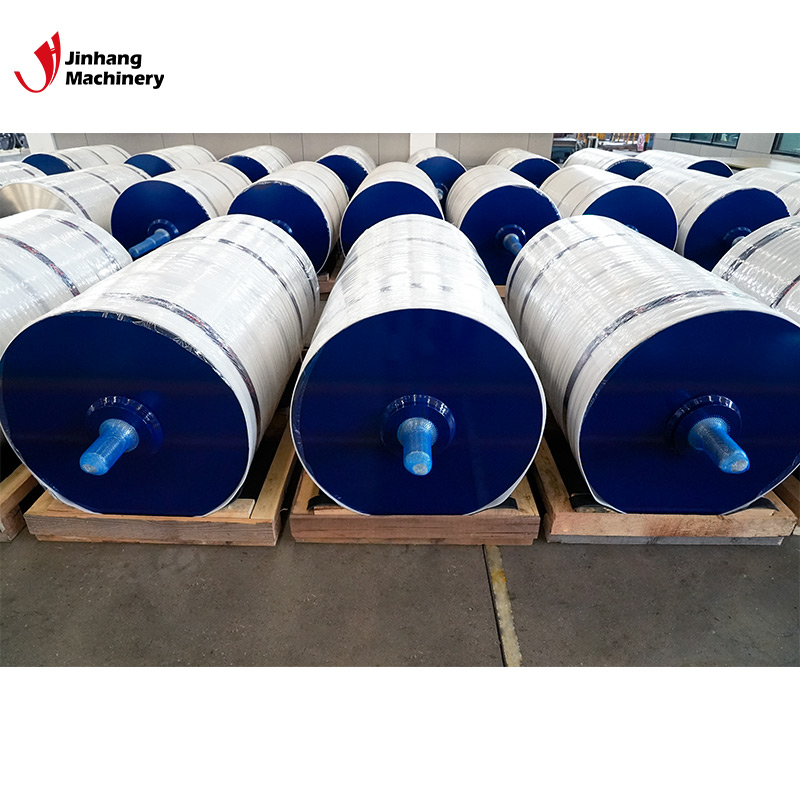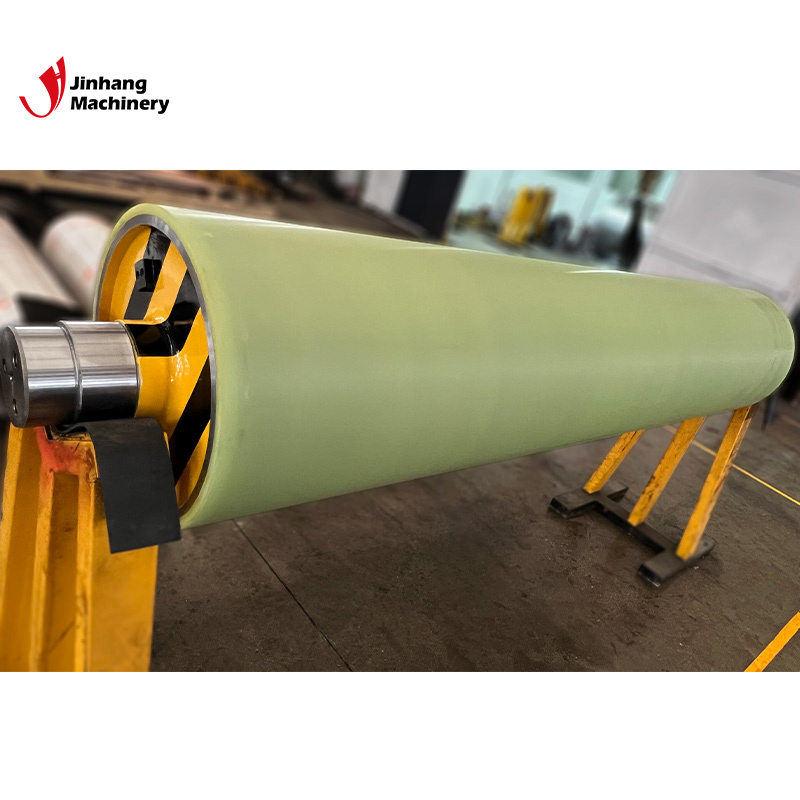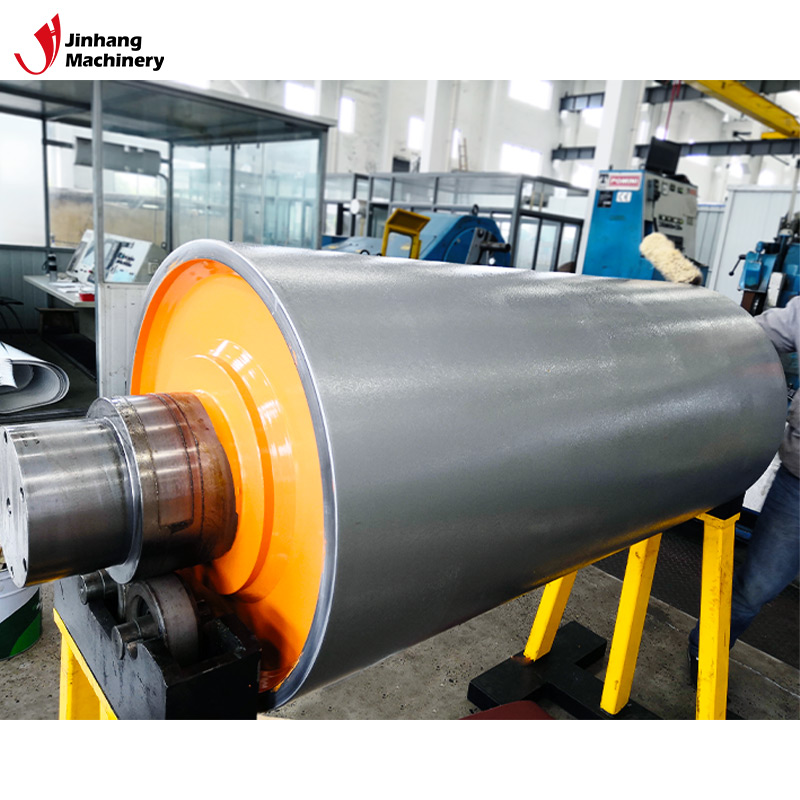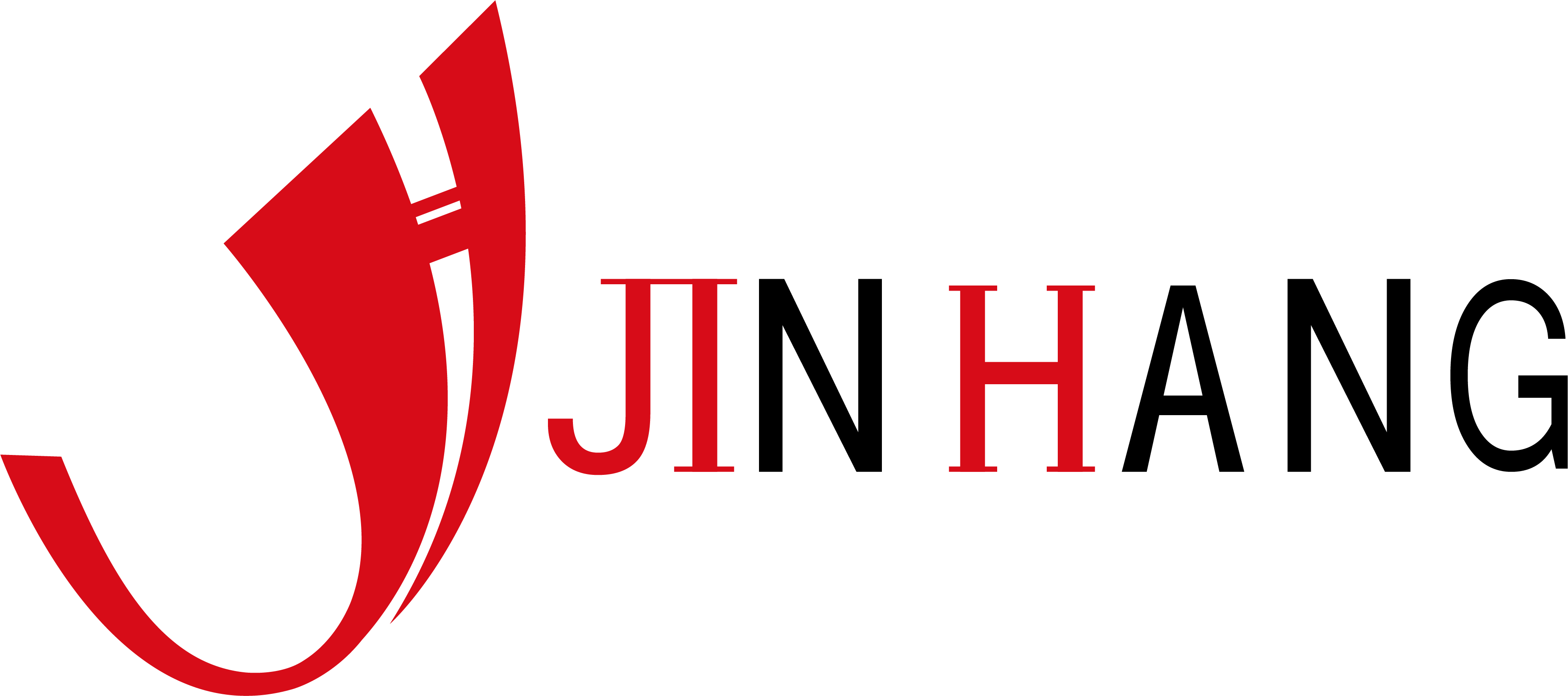Why does the printing industry need to use rubber rollers?
As an important part of modern information dissemination and cultural industries, the printing industry relies on advanced technology and efficient equipment to achieve high-quality printed products. Rubber rollers are a key component of printing equipment and play a vital role in multiple printing links.
This article will discuss in detail why the printing industry needs to use rubber rollers and in which specific links rubber rollers are used.

Why does the printing industry need to use rubber rollers?
Rubber rollers play multiple roles in the printing process, and their main functions can be summarized as: ink transfer, pressure application, paper transmission and cleaning functions.
Ink transfer:
In the printing process, uniform ink transfer is the key to ensuring printing quality. Through its elasticity and surface properties, rubber rollers can effectively transfer ink from the ink tray to the printing plate, and then from the printing plate to paper or other printing media. The surface material of the rubber roller can evenly absorb and release ink, ensuring that the amount of ink at each printing point is consistent, thereby ensuring the clarity of the printed image and the saturation of the color.
Pressure application:
During the printing process, appropriate pressure needs to be applied to the printing medium to ensure that the ink can be fully transferred to the medium. The rubber roller can apply pressure evenly through its elastic properties to ensure the consistency and clarity of the printing effect. At the same time, the flexibility of the rubber roller can adapt to the slight unevenness of the printing medium, further improving the printing quality.
Paper transmission:
During the printing process, the smooth transmission of paper is also an important link. The rubber roller can effectively grasp and transmit the paper through its surface friction and elasticity to prevent the paper from slipping, shifting or wrinkling during the transmission process. The use of rubber rollers ensures that the paper maintains a stable position and shape throughout the printing process, thereby improving printing efficiency and product quality.
Cleaning function:
During the printing process, keeping the printing plate and roller clean is an important measure to ensure printing quality. The rubber roller also has a cleaning function in some printing equipment. By rotating and contacting, the paper scraps, dust and excess ink generated during the printing process are removed, thereby keeping the printing equipment clean and operating normally.

Which link in the printing industry needs to use rubber rollers?
Rubber rollers are widely used in many links in the printing industry. The following are their main application links and their specific functions:
Offset Printing Press
Offset printing press is the most common printing equipment in the printing industry, mainly used for printing books, newspapers, magazines and advertisements. Rubber rollers play a key role in offset printing presses, and their main application links include:
● Ink roller: The ink roller in the offset printing press is a type of rubber roller, which is used to transfer ink from the ink tray to the printing plate, and then the printing plate transfers the ink to the rubber cloth. The uniformity and elasticity of the ink roller ensure the uniform transfer of ink and the quality of the printed image.
● Ink transfer roller: The ink transfer roller is also an important component of the offset printing press, which is used to transfer ink from the ink roller to the printing plate. The surface characteristics and elasticity of the ink transfer roller play a key role in the uniform distribution of ink and the printing quality.
● Impression roller: The impression roller is used to transfer the ink on the printing plate to the printing medium and apply the necessary pressure to ensure the transfer effect of the ink. The elasticity and pressure control ability of the impression roller are key factors to ensure the clarity and consistency of printing.
Letterpress Printing Press
Letterpress printing presses are mainly used for the production of labels, packaging and other special printed products. The main application links of rubber rollers in letterpress printing presses include:
● Ink roller: The ink roller is used to evenly apply ink to the raised part of the printing plate to ensure that the amount of ink at each printing point is consistent. The surface characteristics and elasticity of the rubber roller enable it to evenly absorb and release ink, ensuring the quality of the printed image.
● Paper transfer roller: The paper transfer roller is used to transfer the printing medium. Through its surface friction and elasticity, it ensures that the paper maintains a stable position and shape during the printing process to avoid paper slipping or shifting.
Flexographic Printing Press
Flexographic printing presses are mainly used for printing packaging materials, labels and plastic films. The main application links of rubber rollers in flexographic printing presses include:
● Ink roller: The ink roller is used to evenly apply ink to the flexographic plate, and then the flexographic plate transfers the ink to the printing medium. The elasticity and surface properties of the rubber roller ensure uniform ink transfer and printing quality.
● Impression roller: The impression roller is used to transfer the ink on the flexographic plate to the printing medium and apply the necessary pressure to ensure the ink transfer effect. The elasticity and pressure control ability of the rubber roller play a key role in printing quality and consistency.
Screen Printing Press
Screen printing presses are mainly used for printing billboards, clothing printing, and electronic products. The main application links of rubber rollers in screen printing presses include:
● Ink roller: The ink roller is used to evenly apply ink on the screen, and then the screen transfers the ink to the printing medium. The surface properties and elasticity of the rubber roller ensure uniform ink transfer and printing quality.
● Impression roller: The impression roller is used to transfer the ink on the screen to the printing medium and apply the necessary pressure to ensure the ink transfer effect. The elasticity and pressure control ability of the rubber roller play a key role in printing quality and consistency.

What are the advantages of rubber rollers in the printing industry?
The reason why rubber rollers are widely used in the printing industry is mainly due to their material properties and unique advantages. Here are some key material properties and advantages of rubber rollers:
Elasticity and flexibility:
Rubber rollers have excellent elasticity and flexibility, and can adapt to various pressures and contact surfaces during the printing process. This property enables the rubber roller to apply pressure evenly, ensuring uniform ink transfer and printing quality.
Wear resistance and durability:
The material of the rubber roller has good wear resistance and durability, and can maintain stable performance for a long time under high-frequency and high-intensity use environments. This property makes the rubber roller less prone to wear and deformation during the printing process, ensuring the service life of the equipment and the consistency of printing quality.
Chemical corrosion resistance:
Various chemicals and solvents are used in the printing process. The material of the rubber roller has good chemical corrosion resistance, which can resist the erosion of these chemicals and maintain its physical properties and service life.
Surface smoothness:
The surface of the rubber roller has good smoothness, which can evenly pick up and release ink, ensuring the clarity and quality of the printed image. At the same time, surface smoothness can also reduce friction, reduce energy consumption and maintenance costs of the equipment.
